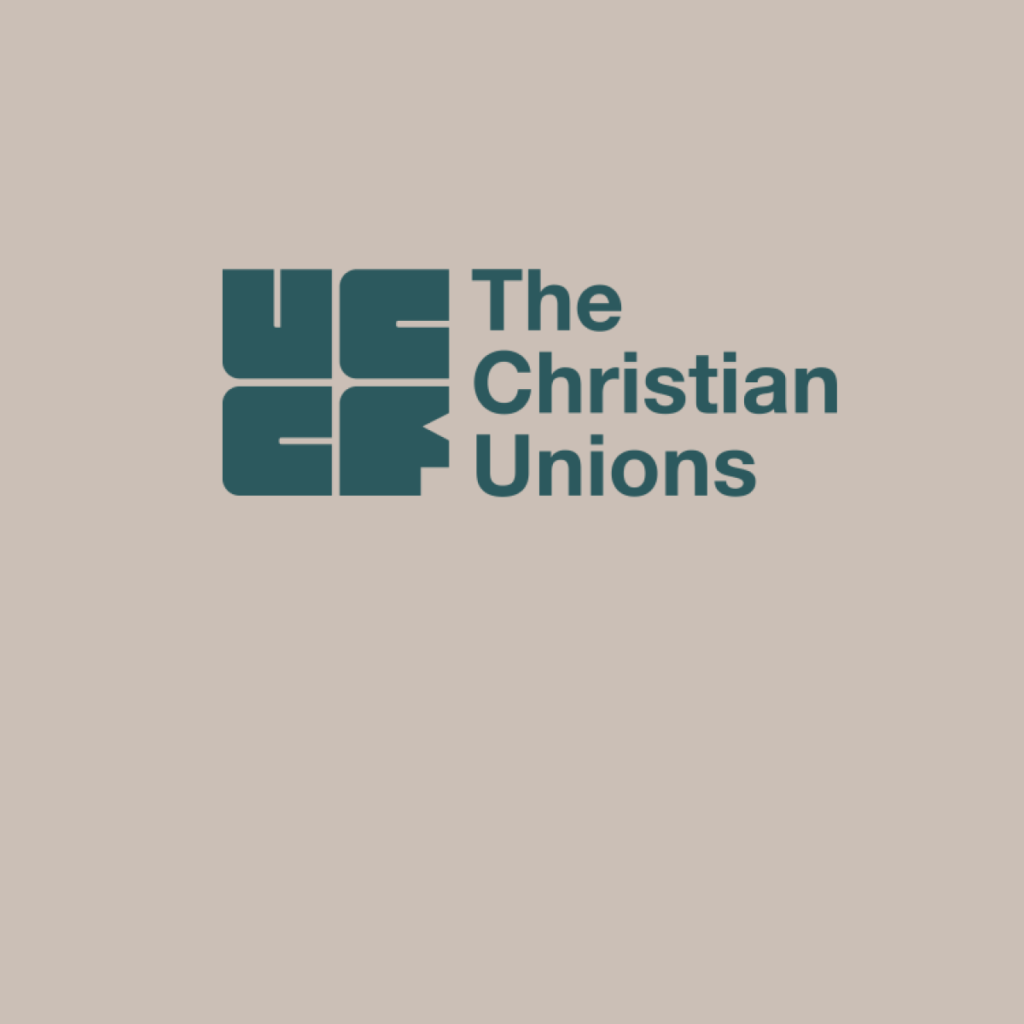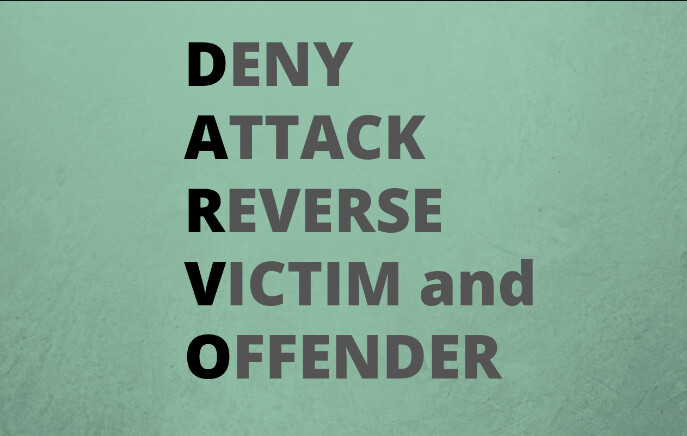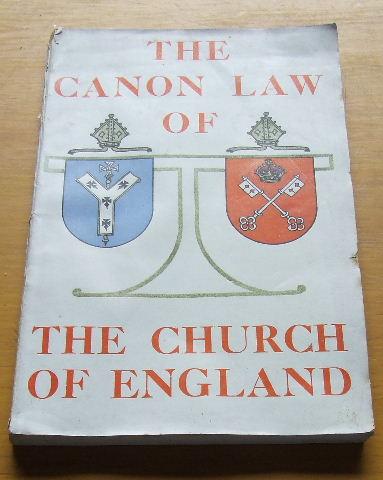
The word apostasy is one of those words that can have a good or bad meaning according to the perspective of the one using the term. In most cases it implies something that is disapproved of. It contains the idea of betrayal or the abandonment of a cause or belief system. In a religious context it suggests that an individual has decided to turn their back on the beliefs and practices that may have belonged to them for a long period, even since childhood. The word also suggests that a decision has been made which involves much more than a single individual departing from one set of beliefs/values to become attached to another. Apostasy may involve damage and break-up to social networks. These may have helped to fashion the identity of the one making dramatic changes in their attachments.
Although apostasy has frequently attracted to itself various negative connotations, it is still possible to see that moving from one political, spiritual or religious identity to another has a potentially positive side. If religious or political faith is understood to be a stance which involves individual decision, we should be ready to applaud anyone who moves into a place of conviction which may differ radically from the assumptions of the past. Parents obviously would prefer their children to grow up expressing the values and beliefs of the family unit but, in a setting where self-determination and free choice are taught, the right of an emerging adult to exchange one set of values and beliefs for another should be celebrated. The book edited by Martyn Percy and Charles Foster, Faiths lost and found, Understanding Apostasy invites us to think seriously and engage with this positive side of the word used within the context of religious belief. Apostasy, in the world of religious belief, can be seen as potentially marking a valuable expression of human creativity involving both change and growth.
The bulk of Percy’s and Foster’s text is given over to a fascinating series of ten autobiographical accounts, which involve dramatic change in a religious context. Most, but not all, involve individuals finding their way from what we might consider rigid belief setting to something more moderate. One charts the journey of a gay man, Tom Bohache, from a disapproving traditional Christianity to ‘queer authenticity’. Elsewhere in the book, we read of the journey of Charles Foster from the conservative evangelicalism of the ‘Bash’ camps to the world of HTB before ending up within Eastern Orthodoxy. In each story we are invited to share the contributors’ experience of struggle to find their truth and personal reality. Each of the ten accounts is thus the story of a personal pilgrimage, and they earn the admiration of the reader. While we might not make precisely the same decisions as these pilgrims on their personal quests, their stories are told in a way that invites our respect for their courage and patient determination. A particular focus of interest for me was the retrospective and detailed description of conservative Christian cultures that we normally see only from the outside. The book describes in various accounts the ethos and culture of Iwerne camps, Vineyard churches and a university Christian Union. These retrospective accounts are interesting and informative. They are set out, not with polemical intent, but with a genuine desire to make sense of something that had, for a time, absorbed and fed our pilgrim travellers. Eventually, many of these have been transcended but the parting of the ways is never described in a hostile manner. To put it another way, the reader is invited to visit several Christian cultures which provided, for a time, spiritual sustenance for the writers before being found to be thin gruel. There is, in the entire book, a notable gentleness and freedom from any rancour towards those who differ from the writers. At the same time there is a recognition that the older teachings now no longer meet spiritual needs. The beliefs of others, while not now shared, can still be treated with respect even admiration. Perhaps this respectful approach to difference is needed today in the Church as never before.
One of the issues faced by every ‘apostate’ is that of enforced social upheaval. I was moved by the account of the young Janet Fife (contributor to this blog) being utterly alone on the day of her confirmation. The normal social affirmation of parents and godparents was, for her, completely absent. The path of a Christian who wishes to forge their own way towards their reality can be painfully lonely. It takes a particular kind of stamina to place one’s sense of authenticity and truth ahead of the need to fit in and belong to family or tribe. One of the things I take from the book is an enormous respect for the bravery of these spiritual ‘apostates’, even though the solutions they choose do not necessarily conform to anything I personally would want to commend. In writing this, I am reminded of the old liberal principle which states something along the lines of: ‘I disagree with you profoundly, but I defend to the last your right to express your opinion.’
The choice of the word apostasy in the title is deliberate and it forces us to consider how we (and the ten story tellers in the book) cope with access to new challenging information that is not catered for in an existing faith paradigm from the past. The typical story told by several of the contributor authors is the way that access to books and education had affected them profoundly. It opened their minds to the possibility of change and a way out of the narrow sectarian views which had dominated their thinking, sometimes over decades. Several of our authors discovered a new breadth in their spiritual outlook through access to post-graduate university studies. Accessing a privileged academic route is, of course, one path out of narrow perspectives, but sadly, such study is available to only a tiny minority. It is, in fact, hard to imagine any research student in theology (or any subject) not being decisively changed by seminars, exchange of academic papers and attendance at learned specialised conferences. This academic way of doing theology, one which constantly asks questions and lives with uncertainty, is, sadly becoming vanishingly uncommon in today’s Church. If ever the culture of free inquiry, which is embedded into the university research process, is outlawed from the wider Church, journeys of the kind and recorded in some of the stories in this book will be impossible. Some of the journeys of creative discovery as recorded in this volume would never have been able to start, let alone arrive successfully at a new destination.
The reader who can identify with the stories of ‘apostasy’ told by those who travelled the path of hard and demanding study, will know that one of the features of this approach to faith is the sheer untidiness, even messiness, that they find in ‘liberal’ statements of belief. Many Christians are unwilling to exchange the certainties of conservative teaching for the ‘uncertainty’ path where questions are not always answered. Clinching an argument by a neat quote from scripture would be an approach that most of our authors, recalling their journeys through change, would reject. Freedom of thought for them is a highly valued commodity. These two approaches to faith, loosely described as conservative and liberal, account for the chasm that we find today among Christians. Some are content with the place of settled unchanging opinions where difficult problems are brushed aside. Others are prepared for the challenges of ambiguity and uncertainty, recognising that the world of questioning and challenging assumptions is rarely tidy. We do not, this side of the grave, arrive at the kind of secure safety that many people think is claimed by the Christian faith. The perspective of Percy and Foster’s book is that the Church and its members should always be on a journey of learning. The feature of this kind of journey is one that requires the humility to say that it will never have all the answers to human problems. Statements which emerge from popular Christian teaching, which begin with the words ‘the Bible is clear’, are frankly dishonest and this dishonesty is damaging to the point of being destructive. The destination that our ten contributors have found is one, not described as presenting certainty, but as a place of personal integrity and honesty. That does not make the individual journeys described as necessarily right for anyone else. What is right for us as the readers of the book is that we should consider the place of spiritual pilgrimage and change in our Christian calling. This book Faiths Lost and Found gives us some idea of what each of our personal journeys might look like.
Faiths Lost and Found Understanding Apostasy is published by DLT 2023 ISBN 978-1-915412-32-4 £16.99








